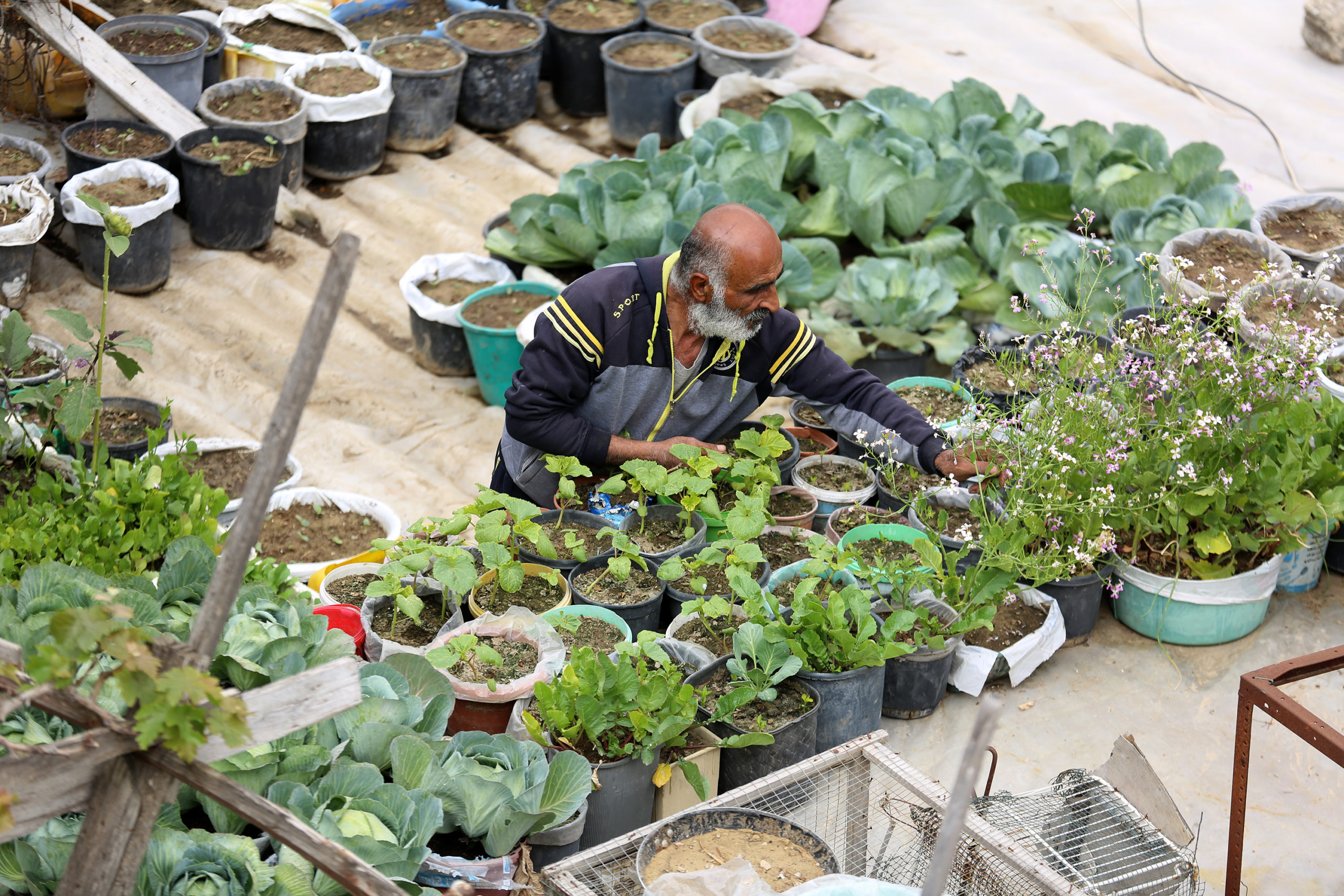CLIR News 156
CLIR News No. 156 Fall 2024 Letter from the Editor Gaza’s Cultural Heritage and the Ruin of War By Charles Henry, president Read More CLIR

By Charles Henry
Once again, the images of destruction and suffering come cascading down. The war in Gaza fills our media with pictures of loss and destitution difficult to imagine but brought closer to our consciousness by videos of bombings, photos of hostages, before and after pictures of hospitals and homes, the sheeted bodies, the weeping children. Entangled in these visual stories is the concurrent ruin of the cultural heritage of the region: the places of worship, museums, local artifacts of importance, architecture– so much reduced to rubble, a built environment rendered unto particulate stone and concrete and the ever-present dust and reclaiming sand.
The images are effective: wrenching, viscerally potent, and often unsettlingly graphic. Yet the lenses that capture this war, as any war, are constrained by the laws of physical composition to frame and share the visible reality of conflict. On more advanced media we can hear sorrow, the distant gunfire, the threatening high-pitched scream of a rocket. These audio captures are also rooted in a particular time and place, fleeting, or dissolving into another staccato round of anguish.
But there is always more loss to acknowledge which is poorly captured, if at all, by our technical devices. With every stricken community the intangible culture that is universal to our self-understanding, that transcends time and place—the immaterial proof of our shared humanity– is also depleted. In Gaza, nearly 2 million people, about 85% of the current population, are expected to be displaced. With them are set to wander, perhaps to encampments, perhaps to foreign lands, the oral traditions, rituals, expertise, private knowledge of family and friends, languages and dialects, and the performing arts that defined these communities.
This intangible culture is the light we bear within us, as integral to our being as artifacts of our material world. Like our tangible heritage, the intangible relies on communities and social cohesion to be shared and perpetuated across generations. Gaza is but one example of a pending diaspora; climate change is expected to depose hundreds of millions of people across the globe in the coming decades. With their uprooting comes the silence of communal singing; the jostled chatter of families gathered for a special meal of recipes that had delighted generations fitfully recalled; the dance and drama of festivals so old that custom cannot reckon their origin play out solely in the mind’s eye. Listen again: we, too, become impoverished with each muffled footfall in the desert.
The study of refugees often describes the snatch of objects carried hastily on their backs as they flee a threat to life. What is most essential to our idea of being in the world that can be grasped and pocketed for safekeeping? Common items can include a book, a token of family significance, a few seeds, a sacred object. These are borne into what are often makeshift cities of tents and huts. Sometimes small gardens are planted in the sand, a fragment of home that with its slight green presence provides a longed for, imaginative continuity. Look closely at these slender vines and rare flowers that so powerfully stride the complexities of time! The gardens start with seeds, but the impetus to set aside a small patch of earth and tend to it with proper care, imbued with the memories of what was lost and perhaps hope of what may come, arises from the steady light within us.
Charles Henry is the president of The Council on Library and Information Resources
CLIR News No. 156 Fall 2024 Letter from the Editor Gaza’s Cultural Heritage and the Ruin of War By Charles Henry, president Read More CLIR
CLIR News No. 155 Jan-March 2024 Code4Lib The Code4Lib Annual Conference is scheduled to take place this year in Ann Arbor, Michigan, from May 13
CLIR News No. 155 Jan-March 2024 The Light We Bear Within Us Gaza’s Cultural Heritage and the Ruin of War By Charles Henry, president Read

Council on Library and Information Resources
1800 Diagonal Road, Suite 600
Alexandria, VA 22314
contact@clir.org
CLIR is an independent, nonprofit organization that forges strategies to enhance research, teaching, and learning environments in collaboration with libraries, cultural institutions, and communities of higher learning.
Unless otherwise indicated, content on this site is available for re-use under CC BY-SA 4.0 License